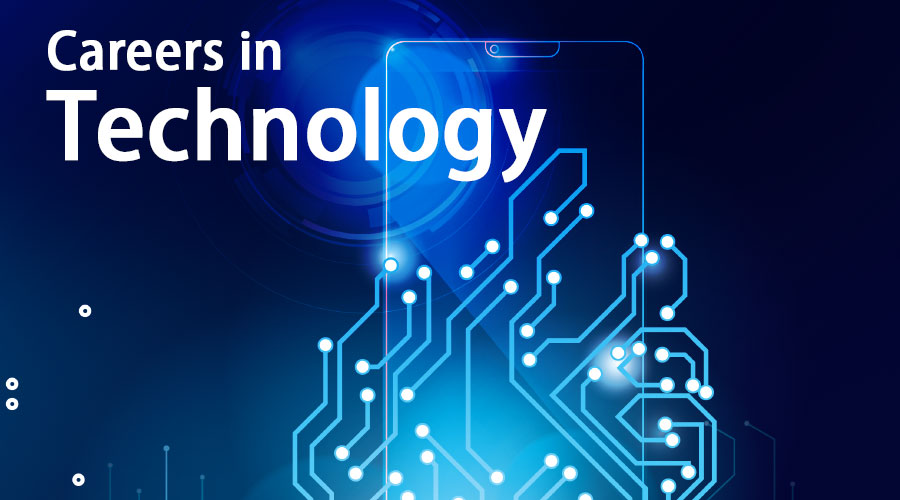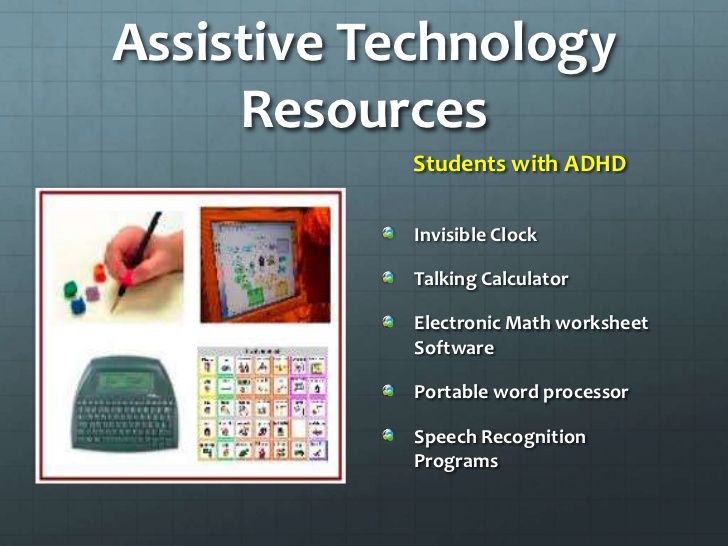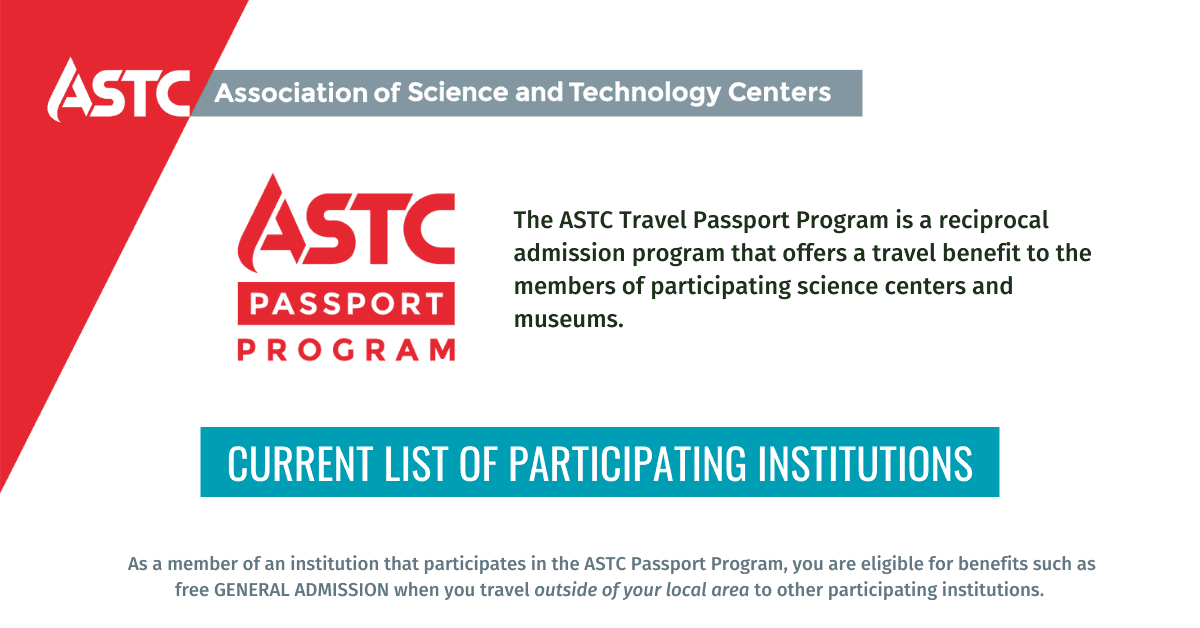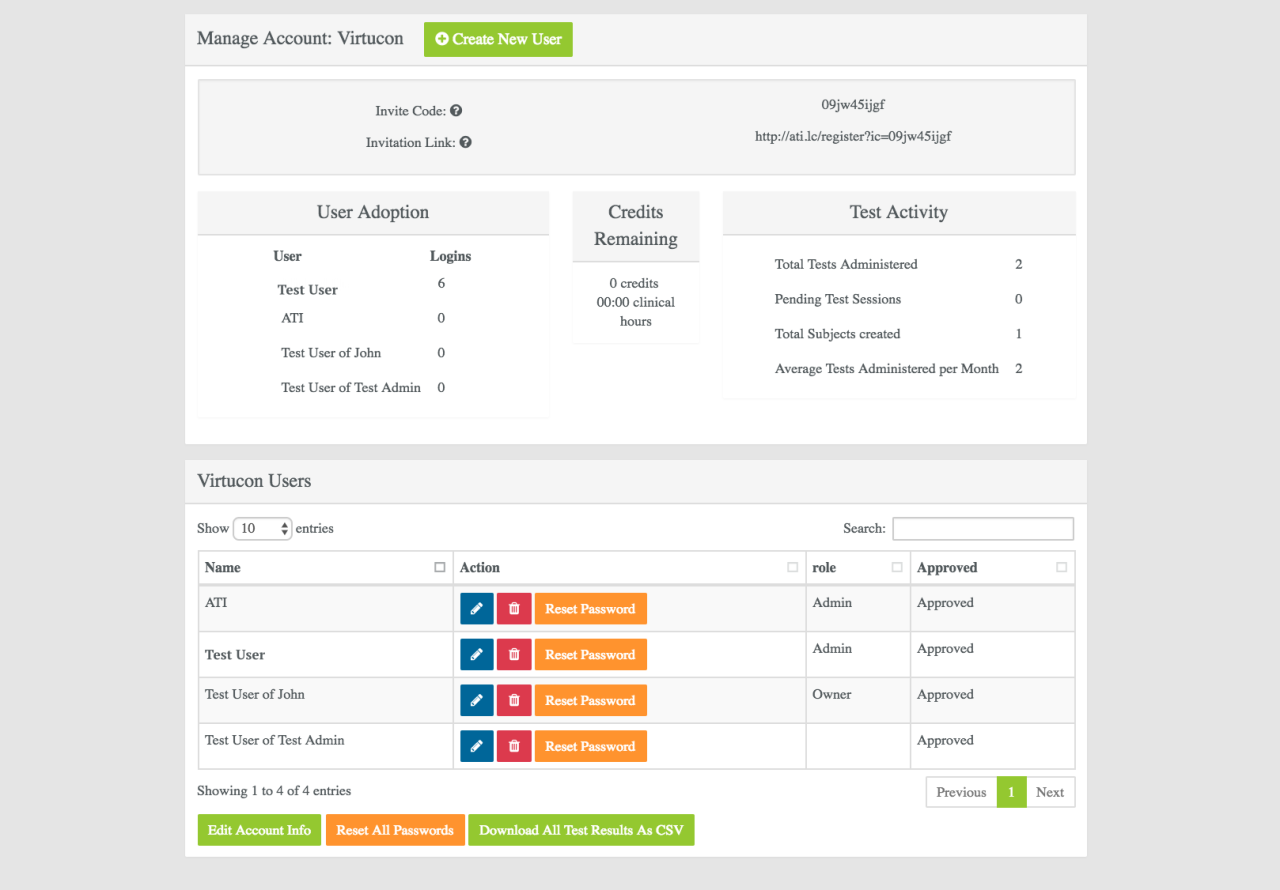Career Technologies: Shaping the Future of Work
Career technologies are transforming the way we approach work, from how we find jobs to how we develop our skills. This field encompasses a wide range of tools and platforms […]

Career technologies are transforming the way we approach work, from how we find jobs to how we develop our skills. This field encompasses a wide range of tools and platforms designed to empower individuals and organizations in navigating the dynamic landscape of the modern workforce.
From learning management systems that facilitate online education to AI-powered recruitment tools that streamline the hiring process, career technologies are playing a crucial role in shaping the future of work. These innovations are not only enhancing efficiency but also fostering personalized career development and promoting workforce diversity.
The Rise of Career Technologies
The realm of career technologies has witnessed a remarkable evolution, driven by technological advancements and changing workforce dynamics. This journey has transformed the way individuals navigate their professional paths, creating opportunities and challenges alike.
Historical Evolution of Career Technologies
The evolution of career technologies can be traced back to the early days of career counseling, which involved face-to-face interactions and limited access to information. The advent of computers in the 1970s marked a turning point, enabling the development of career assessment tools and databases. These early systems provided individuals with basic guidance and information about different occupations.
- Early Career Assessment Tools: These tools, often based on aptitude tests and personality inventories, helped individuals understand their strengths and interests. The Strong Interest Inventory, developed in the 1920s, remains a widely used assessment tool today.
- Career Information Systems (CIS): The 1980s saw the emergence of CIS, which provided access to job descriptions, labor market data, and educational resources. These systems were typically accessed through libraries or educational institutions.
- The Rise of the Internet: The internet revolutionized career technologies in the 1990s, providing individuals with unprecedented access to information and resources. Online job boards, such as Monster and CareerBuilder, emerged as platforms for job seekers and employers to connect.
Impact of Technological Advancements on the Modern Job Market
Technological advancements have profoundly reshaped the modern job market, leading to the creation of new industries, the automation of tasks, and the demand for new skills. The rise of artificial intelligence (AI), machine learning, and automation has disrupted traditional job roles, leading to job displacement in some sectors while creating opportunities in others.
- Automation of Routine Tasks: AI and machine learning are automating repetitive tasks, such as data entry and customer service, leading to increased efficiency and productivity.
- Rise of Gig Economy: The internet has facilitated the rise of the gig economy, where individuals can find freelance work and contract-based opportunities through online platforms like Upwork and Fiverr.
- Demand for Digital Skills: The rapid adoption of technology has created a demand for individuals with digital skills, such as coding, data analysis, and cybersecurity.
Key Career Technologies and their Applications

The rise of technology has revolutionized the way we work, learn, and manage our careers. Career technologies are playing an increasingly important role in shaping the future of work by streamlining processes, providing personalized experiences, and empowering individuals to take control of their career paths. These technologies are designed to address various aspects of the career journey, from exploring potential career options to developing professional skills and finding new opportunities.
Career Technologies and Their Applications
The following table showcases some of the key career technologies and their applications in different stages of the career journey:
| Technology | Description | Applications | Examples |
|---|---|---|---|
| Learning Management Systems (LMS) | Platforms that deliver, track, and manage online learning materials and courses. |
|
|
| Career Management Platforms | Websites and applications that provide tools and resources for career planning, job searching, and professional networking. |
|
|
| Artificial Intelligence (AI) for Recruitment | AI-powered tools used by recruiters to automate tasks, analyze candidate data, and improve the hiring process. |
|
|
| Virtual Reality (VR) for Job Training | VR simulations that provide immersive and interactive training experiences for various job roles. |
|
|
Benefits and Challenges of Career Technologies

Career technologies have emerged as transformative tools in the modern workforce, offering a wide range of advantages for individuals, employers, and society. However, their implementation also presents unique challenges and ethical considerations that require careful attention.
Benefits of Career Technologies
Career technologies provide numerous benefits for individuals, employers, and society. These benefits are crucial for navigating the evolving job market and fostering a more equitable and efficient workforce.
- For Individuals: Career technologies empower individuals by providing access to personalized career guidance, skills development resources, and job search tools. This allows individuals to identify their strengths, explore career paths, and gain the necessary skills to succeed in the modern workforce.
- For Employers: Career technologies offer employers a streamlined approach to talent acquisition, employee development, and workforce planning. These tools help employers identify qualified candidates, provide targeted training programs, and optimize their workforce for greater efficiency and productivity.
- For Society: Career technologies play a vital role in bridging the skills gap and promoting workforce diversity. They facilitate access to training and development opportunities for underrepresented groups, enabling them to participate fully in the workforce.
Challenges of Career Technologies
While career technologies offer numerous benefits, they also present challenges and ethical considerations that require careful attention. These challenges are interconnected and necessitate thoughtful solutions to ensure the responsible and equitable implementation of career technologies.
- Data Privacy and Security: Career technologies often collect and analyze large amounts of personal data, raising concerns about data privacy and security. It is crucial to ensure that data is collected and used ethically and responsibly, with appropriate safeguards in place to protect individuals’ privacy.
- Bias and Discrimination: Career technologies rely on algorithms that can perpetuate existing biases and discrimination if not carefully designed and monitored. It is essential to address potential biases in algorithms and ensure that career technologies promote fairness and equal opportunities for all individuals.
- Accessibility and Digital Divide: Access to career technologies can be limited for individuals who lack digital literacy or reliable internet access. This digital divide can exacerbate existing inequalities and hinder individuals’ ability to benefit from career technologies. It is important to ensure that career technologies are accessible to all individuals, regardless of their socioeconomic background or digital literacy.
Bridging the Skills Gap and Promoting Workforce Diversity
Career technologies can play a crucial role in addressing the skills gap and promoting workforce diversity. They can provide targeted training programs, connect individuals with relevant job opportunities, and support the development of a more inclusive and equitable workforce.
- Personalized Learning and Skills Development: Career technologies can provide personalized learning paths that cater to individual needs and learning styles. This allows individuals to acquire the specific skills required for in-demand jobs, bridging the gap between available talent and employer needs.
- Targeted Job Matching and Placement: Career technologies can use data analytics to match individuals with relevant job opportunities based on their skills, experience, and interests. This helps individuals find fulfilling careers and employers find qualified candidates, fostering a more efficient and productive workforce.
- Promoting Inclusion and Diversity: Career technologies can help to identify and address barriers to employment for underrepresented groups. They can provide targeted support and resources to help individuals from diverse backgrounds gain the necessary skills and access job opportunities.
Future Trends in Career Technologies
The field of career technologies is constantly evolving, driven by advancements in artificial intelligence, data analytics, and digital platforms. As these technologies mature, they are shaping the future of work and career development in profound ways. Here are some of the most significant trends that are likely to define the landscape of career technologies in the years to come.
Personalized Career Guidance and Development
Personalized career guidance and development is a key trend that will revolutionize how individuals navigate their career journeys. Traditional career counseling often relies on standardized assessments and generic advice, which may not be tailored to the unique needs and aspirations of each individual. Career technologies, however, can leverage data analytics and AI to create personalized career pathways that are aligned with an individual’s skills, interests, and goals.
- AI-powered career coaching platforms: These platforms use AI algorithms to analyze an individual’s skills, interests, and work history to provide personalized career recommendations, identify potential career paths, and suggest relevant training programs. For example, platforms like “Pathrise” and “SkillHero” use AI to connect individuals with mentors, provide career guidance, and help them prepare for job interviews.
- Personalized learning platforms: Learning platforms can use AI to personalize the learning experience by identifying individual learning styles, tailoring content to specific needs, and providing adaptive assessments. Platforms like “Coursera” and “Udacity” offer a wide range of courses and programs that can be customized based on individual career goals.
- Career simulations and virtual reality (VR) experiences: VR technology can create immersive simulations that allow individuals to experience different career paths and gain insights into the day-to-day realities of various professions. This can help individuals make more informed career decisions and prepare for the challenges of specific roles.
AI-powered Skills Assessment and Matching
AI-powered skills assessment and matching technologies are transforming the way employers identify and recruit talent. Traditional resume screening and interview processes can be time-consuming and subjective, often failing to capture the full range of an individual’s skills and potential. AI-powered tools can automate this process, making it more efficient and objective.
- AI-driven skills assessments: These assessments use AI algorithms to evaluate an individual’s skills, knowledge, and abilities, providing a more accurate and objective assessment of their capabilities. This can help employers identify candidates who are a good fit for specific roles, regardless of their formal qualifications or work experience. Platforms like “HireVue” and “Pymetrics” use AI-powered assessments to evaluate candidates’ skills and personality traits, providing employers with data-driven insights into their suitability for the role.
- Skills-based matching platforms: These platforms connect individuals with employers based on their skills and experience, rather than traditional job titles or educational qualifications. Platforms like “Toptal” and “Upwork” allow freelancers and independent contractors to showcase their skills and connect with clients who need their expertise.
- AI-powered talent marketplaces: These platforms use AI to analyze the skills and experience of individuals in a talent pool and match them with relevant job opportunities. Platforms like “LinkedIn” and “Indeed” are increasingly incorporating AI-powered features to improve the efficiency and effectiveness of their job matching services.
The Rise of the Gig Economy and Freelance Platforms
The gig economy, which is characterized by short-term, project-based work arrangements, is rapidly expanding. This trend is fueled by several factors, including the increasing demand for flexible work arrangements, the rise of digital platforms, and the growing availability of specialized skills.
- Freelance platforms: Platforms like “Upwork,” “Fiverr,” and “Freelancer.com” connect freelancers with clients who need their skills and expertise. These platforms provide a wide range of services, including writing, design, programming, marketing, and consulting. The gig economy is creating new opportunities for individuals to work independently, build their own businesses, and gain experience in a variety of fields.
- On-demand workforce platforms: These platforms connect businesses with workers who are available for short-term assignments or on-demand work. Platforms like “TaskRabbit,” “Uber,” and “Instacart” offer a wide range of services, from home repairs and deliveries to transportation and food services. The rise of on-demand platforms is creating a more flexible and responsive workforce, allowing businesses to scale their operations quickly and efficiently.
The Impact of Automation on Different Industries
Automation is rapidly transforming industries across the globe, automating tasks that were previously performed by humans. This has significant implications for the future of work, as some jobs are likely to be displaced by automation, while new jobs will emerge in fields related to technology, data science, and automation itself.
- Reskilling and upskilling programs: As automation disrupts traditional job markets, there will be a growing need for reskilling and upskilling programs to help individuals adapt to the changing job landscape. These programs can provide individuals with the skills and knowledge they need to succeed in the jobs of the future.
- Government policies and support: Governments will need to play a role in supporting workers who are affected by automation, providing retraining programs, unemployment benefits, and other forms of assistance. Policies that promote lifelong learning, encourage innovation, and support the development of new industries will be essential for managing the transition to a more automated economy.
Case Studies and Best Practices
The real-world application of career technologies has yielded valuable insights into their effectiveness and the best practices for successful implementation. Examining case studies provides a concrete understanding of how organizations have leveraged these technologies to achieve positive outcomes for both individuals and the organization as a whole.
Examples of Organizations Effectively Using Career Technologies
Several organizations have successfully implemented career technologies to enhance their workforce development and talent management strategies. These examples demonstrate the diverse applications of career technologies across various industries and organizational sizes.
- LinkedIn Learning: LinkedIn Learning, a platform offering online courses and learning resources, has been adopted by many organizations for employee development and upskilling. Companies like Microsoft and Salesforce utilize LinkedIn Learning to provide their employees access to a wide range of courses relevant to their roles and career aspirations. This allows employees to develop new skills, enhance their existing knowledge, and stay competitive in the evolving job market.
- Google: Google, a technology giant, has implemented career technologies to support employee growth and development. Their internal platform, Google Career Certificates, offers employees the opportunity to earn industry-recognized credentials in areas like project management, data analytics, and UX design. This program empowers employees to acquire new skills, advance their careers within Google, and contribute to the company’s innovation and success.
- IBM: IBM, a global technology and consulting firm, has leveraged career technologies to enhance its talent acquisition and retention strategies. Their platform, IBM Watson Career Coach, uses artificial intelligence (AI) to provide personalized career guidance and recommendations to employees. This platform helps employees identify their strengths, explore career paths, and access relevant development opportunities, ultimately contributing to employee engagement and retention.
Successful Implementations and Best Practices
The successful implementation of career technologies requires a strategic approach that considers organizational needs, employee expectations, and technology capabilities. Here are some best practices for leveraging career technologies effectively:
- Define clear goals and objectives: Organizations should clearly define their goals for implementing career technologies, such as improving employee engagement, enhancing skills development, or streamlining talent acquisition processes. Having clear objectives will guide the selection and implementation of appropriate technologies and ensure alignment with overall organizational strategies.
- Conduct thorough needs assessment: Before implementing any career technology, organizations should conduct a thorough needs assessment to identify specific areas for improvement and understand the current skills and development needs of their workforce. This assessment will help determine the most relevant technologies and features to address the identified gaps.
- Choose the right technology: Selecting the right career technology is crucial for successful implementation. Organizations should consider factors such as user-friendliness, scalability, integration with existing systems, and cost-effectiveness. A comprehensive evaluation of available options will help choose a technology that aligns with the organization’s needs and goals.
- Provide adequate training and support: Effective training and support are essential for employees to fully utilize career technologies. Organizations should provide comprehensive training on how to use the platform, access available resources, and leverage the technology’s features to achieve their career goals. Continuous support and guidance will help employees overcome challenges and maximize the benefits of career technologies.
- Promote a culture of learning and development: Organizations should foster a culture that values continuous learning and development. By promoting a positive attitude towards skill enhancement and career growth, organizations can encourage employees to actively engage with career technologies and utilize them to achieve their career aspirations.
Case Study: The Impact of Career Technologies on Employee Development and Retention at Company X
Company X, a mid-sized manufacturing firm, faced challenges with employee retention and skill development. The company recognized the need to invest in career technologies to address these issues and improve its workforce capabilities. After conducting a thorough needs assessment, Company X implemented a comprehensive career development platform that included:
- Personalized learning paths: The platform provided employees with personalized learning paths based on their skills, interests, and career goals. This allowed employees to access relevant training materials and courses tailored to their individual needs.
- Mentorship and coaching programs: The platform facilitated mentorship and coaching programs, connecting employees with experienced professionals within the organization. This provided employees with guidance and support in their career development journeys.
- Internal job posting and mobility tools: The platform included internal job posting and mobility tools, allowing employees to explore career opportunities within the company and apply for roles that aligned with their skills and aspirations.
The implementation of this career development platform resulted in significant improvements for Company X. Employee engagement and retention rates increased, as employees felt valued and supported in their career growth. The company also experienced a notable improvement in employee skills and knowledge, leading to increased productivity and innovation. The platform provided a valuable tool for identifying and developing high-potential employees, ensuring a pipeline of talent for future leadership roles.
Concluding Remarks
As we move forward, the integration of career technologies will continue to evolve, presenting both opportunities and challenges. By embracing these advancements and understanding their ethical implications, we can harness their potential to create a more equitable and fulfilling work environment for all.
Career technologies are constantly evolving, with new fields emerging all the time. One exciting area to consider is quantum computing, which is rapidly gaining traction. Companies like quantum corp technologies are leading the way in developing this cutting-edge technology, creating opportunities for professionals with expertise in quantum physics, computer science, and related fields.
As quantum computing becomes more mainstream, careers in this sector are expected to grow significantly, offering a rewarding path for those seeking to contribute to the future of technology.




